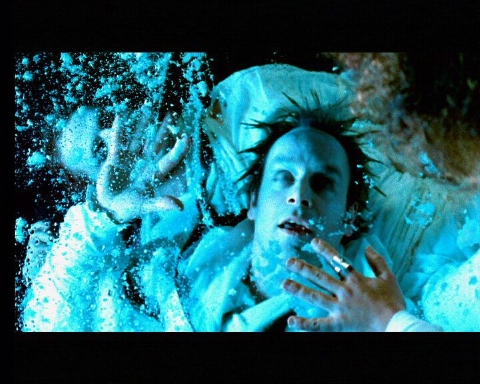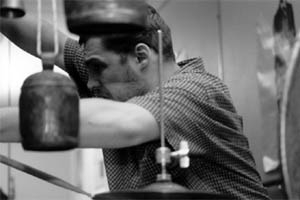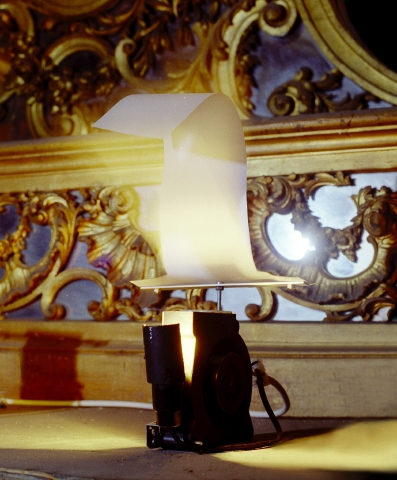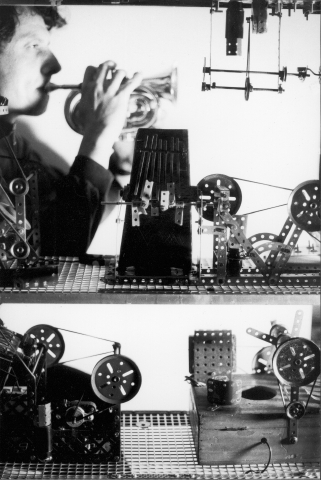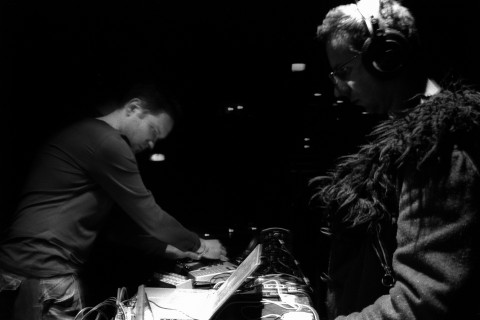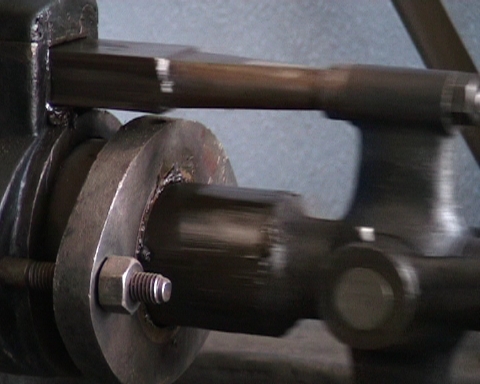ØYVIND BRANDTSEGG / STIAN WESTERHUS/ PEKKA STOKKE
ALEPH
Improvisert elektronisk musikk med høyt energinivå. Referansene spenner fra Schönberg til Stockhausen, og fra Led Zeppelin til Spy vs Spy.
Stian Westerhus har siden sin hjemkomst fra England i 2004 vœrt en av de markant synlige musikerne innen improvisasjonsmiljøet i Trondheim Han har samarbeidet bl.a. med Terje Isungset, Arve Henriksen, Kjetil Møster og Paal Nilssen-Love m. fl., og spiller i band som Monolithic, Bladed og Puma.
Stians gitarspill har blitt omtalt bl.a. som totalt respektløst. Og det kanskje med god grunn med et så belastet instrument som den elektriske gitaren er. Inspirasjonskilder fra skitten polyrytmisk ekstrem metall, samtidsmusikk, noise, folkemusikk og fri jazz danner grunnlaget for en bredbeint musikalitet med 110% energi.
Øyvind Brandtsegg er kjent som elektronikk-villmann og har vært aktiv med både Krøyt og Motorpsycho. For tiden er han kunststipendiat og utforsker bruken av komposisjonsteknikker i improvisasjon. Han utvikler egen software i form av ”compositionally enabled instruments”. Øyvinds live sampler ”ImproSculpt” satte ved utgivelsen en ny standard for nivå og kompleksitet for elektroniske instrumenter. Denne kvelden spiller han på Marimba Lumina og en helt fersk versjon av ImproSculpt. Marimba Lumina er et melodisk perkusjons-interface bygget av Don Buchla. Det er er laget 30 – 40 slike instrumenter. Kun to finnes i Norge. Øyvind eier begge to.
Pekka Stokke driver med videokunst, mye av det i form av improvisert videoskruing i livesammenheng.
Fra kaotisk opphakket absurdfilm med friimproband som MisteryTor til softe kosefilm-abstrakter med Kobert, lysfontener for Krøyt, oldschool VJ-miksing for Motorpsycho og interaktiv, generativ videomaling med The School.
Til dette prosjektet har han fått bygd en magisk videobending-maskin basert på gammel hardware og kinesisk elektronikk, fra trollmannen Karl Klomp. Kvelden skal brukes til å utforske og destruere TV-estetikk til soundtracket fra Brandtsegg/Westerhus.
